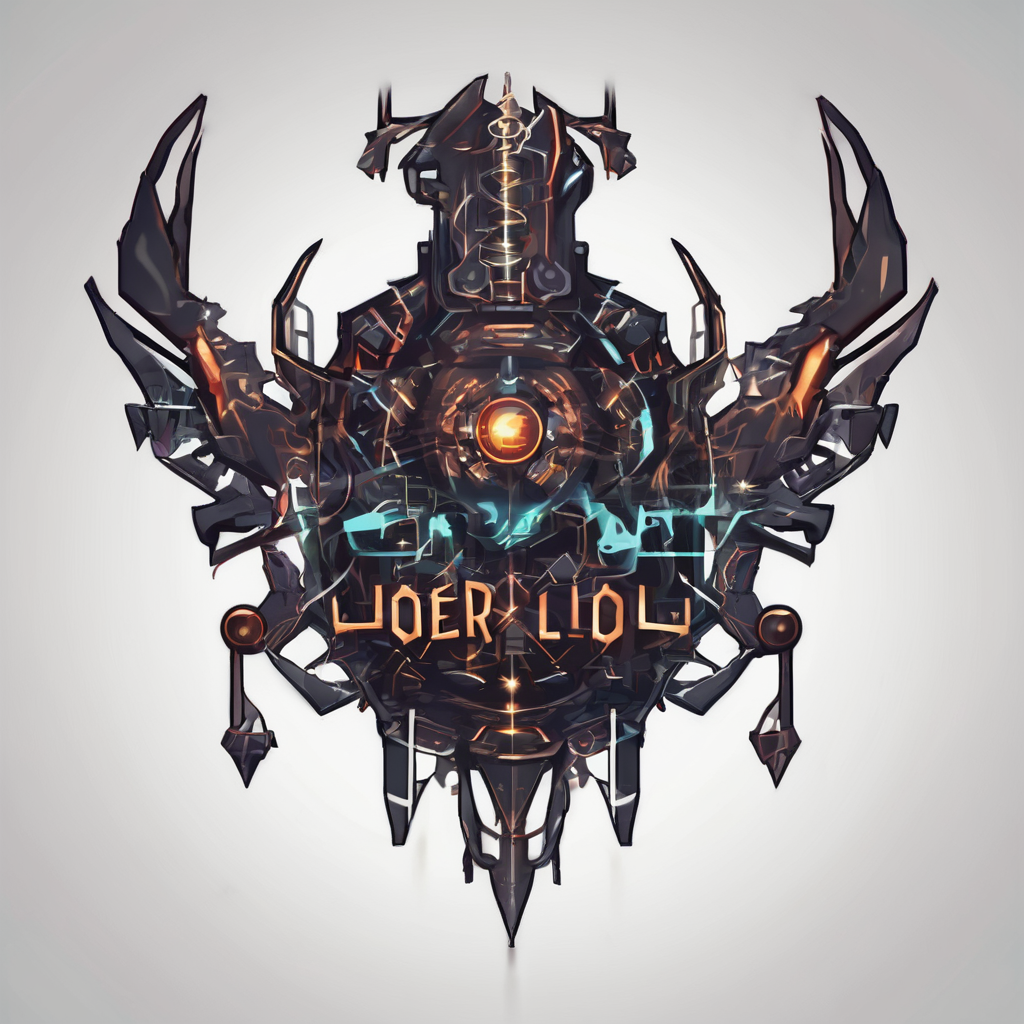In the ever-evolving landscape of narrative-driven games, multilingual dialogue systems have become a cornerstone for crafting immersive and inclusive experiences. By offering dialogues in multiple languages, game developers can cater to a global audience, enhancing both accessibility and engagement. This article delves into the myriad considerations that must be addressed when designing these intricate systems, offering insights and practical advice for developers aiming to make their games resonate with players worldwide.
Understanding the Global Audience
When designing multilingual dialogue systems, the first and foremost consideration is understanding your global audience. Knowing who your players are and what languages they speak sets the foundation for designing an effective multilingual system.
Also to discover : What are the challenges of developing games for hybrid VR/AR devices?
Market Research
Conducting thorough market research is essential. Identify the primary regions where your game is expected to be popular and analyze the most commonly spoken languages in those areas. This data-driven approach helps in prioritizing which languages to include in your game’s dialogue system.
Cultural Sensitivity
Each language comes with its own cultural nuances and idiomatic expressions. When localizing your game, it’s crucial to ensure that the translated dialogues respect these cultural differences. Avoid direct translations that could result in awkward or offensive content. Instead, aim for culturally sensitive translations that resonate with the target audience.
In parallel : What are the most effective techniques for creating realistic fire effects in action games?
Dialects and Variants
Some languages have multiple dialects or regional variants. For instance, Spanish spoken in Spain is different from that spoken in Latin America. Deciding which dialect to use or whether to include multiple dialects can significantly impact the game’s acceptance in various regions.
Technical Challenges and Solutions
Designing a multilingual dialogue system involves numerous technical challenges. From integrating multiple languages seamlessly to ensuring optimal performance, developers face a multitude of hurdles that require innovative solutions.
Text Storage and Retrieval
One of the primary technical considerations is how to store and retrieve multilingual text efficiently. Using a centralized database that supports multiple languages and character sets is advisable. Ensure that your database can handle text in languages that use different scripts, such as Chinese, Arabic, or Russian.
Character Encoding
Character encoding is another critical aspect. UTF-8 is a widely accepted standard that supports a vast range of characters from different languages. Implementing UTF-8 encoding ensures that your game can display text correctly, regardless of the language.
Performance Optimization
Loading and rendering text in multiple languages can strain the system’s resources. Optimize your code to ensure that the game runs smoothly, even with the added complexity of multilingual dialogue. Techniques like asynchronous loading of dialogues and efficient memory management can help in maintaining performance.
User Interface and Experience
The user interface (UI) and overall user experience (UX) play pivotal roles in the effectiveness of multilingual dialogue systems. A well-designed UI can significantly enhance the player’s experience, making the game more engaging and accessible.
Font and Typography
Different languages require different fonts and typographic settings. Ensure that the chosen font supports all necessary characters and glyphs for the languages included. Pay attention to readability and aesthetic appeal, as these factors directly impact the user’s experience.
Layout Adjustments
Languages with varying text lengths and reading directions (e.g., right-to-left for Arabic) necessitate layout adjustments. Dynamic layout systems that adapt to the text length and direction can help in creating a seamless experience. Consider scalable user interfaces that can accommodate these variations without compromising on design.
Audio Integration
For a truly immersive experience, consider integrating voice acting in multiple languages. This addition requires careful synchronization of audio with text and can significantly enhance the narrative immersion. However, it’s essential to ensure that the voice acting quality is consistent across all languages.
Testing and Quality Assurance
Testing and quality assurance are crucial steps in the development of multilingual dialogue systems. Rigorous testing ensures that the dialogues are accurately translated, free of errors, and culturally appropriate.
Linguistic Testing
Conduct linguistic testing with native speakers to validate the accuracy and fluency of translated dialogues. Native speakers can identify subtle errors and provide feedback on cultural appropriateness, ensuring that the translation aligns with the intended tone and context.
Functional Testing
Functional testing involves checking the technical aspects of the multilingual dialogue system. Ensure that text displays correctly, UI elements adapt to different languages, and the game performs optimally. Automated testing tools can assist in identifying and resolving technical issues efficiently.
User Testing
User testing with a diverse group of players can provide valuable insights into the effectiveness of the multilingual dialogue system. Collect feedback on user experience, readability, and overall engagement. Use this feedback to make necessary adjustments and enhancements.
Future Trends and Innovations
As technology continues to advance, the design of multilingual dialogue systems in narrative-driven games will also evolve. Staying abreast of future trends and innovations can help developers create more sophisticated and engaging experiences.
Machine Translation Integration
Machine translation technologies, powered by artificial intelligence, are becoming increasingly sophisticated. Integrating these technologies into your dialogue system can streamline the localization process. However, it’s essential to combine machine translation with human oversight to ensure accuracy and cultural relevance.
Procedural Generation of Dialogue
Procedural generation of dialogue is an emerging trend that can revolutionize narrative-driven games. By leveraging algorithms to create dynamic and contextually appropriate dialogues, developers can offer a more personalized and immersive experience. This approach can also facilitate the creation of multilingual content, reducing the reliance on manual translation.
Enhanced Audio Solutions
Advancements in audio technology, such as real-time voice synthesis and voice cloning, offer exciting possibilities for multilingual dialogue systems. These innovations can provide high-quality voice acting in multiple languages, enhancing the emotional depth and immersion of the narrative.
Designing multilingual dialogue systems for narrative-driven games is a multifaceted challenge that requires a deep understanding of the global audience, technical acumen, user-centric design, rigorous testing, and an eye on future trends. By addressing these considerations thoughtfully and meticulously, developers can create games that resonate with players worldwide, offering an inclusive and immersive experience. Embrace the complexities, leverage innovations, and prioritize cultural sensitivity to craft narratives that transcend language barriers and captivate a global audience.
In summary, by understanding your audience, overcoming technical challenges, optimizing UI/UX, ensuring rigorous testing, and staying ahead of future trends, you can design multilingual dialogue systems that elevate your narrative-driven games to new heights. The result is a richer, more engaging experience that speaks to players in their own languages, making your game universally accessible and profoundly immersive.











